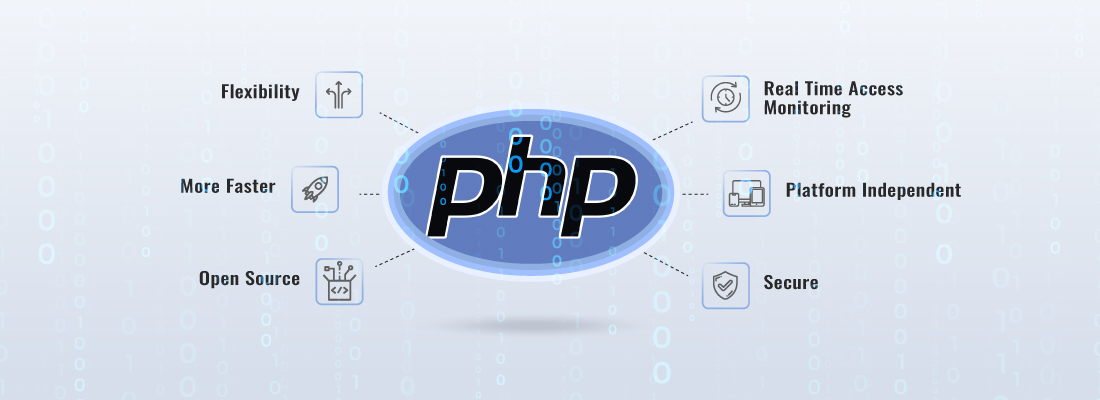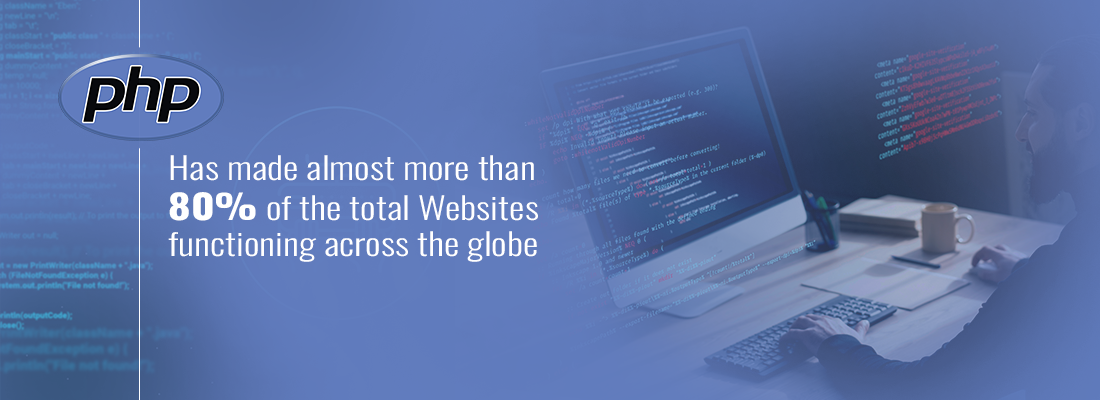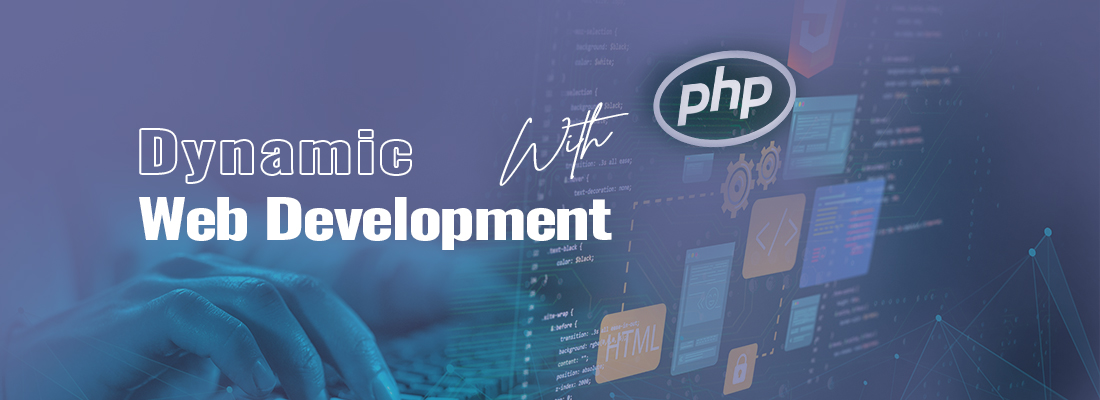PHP is a strong programming language that is used extensively in the building of dynamic, interactive websites.
Developers may create feature-rich online applications that engage users and provide outstanding experiences by integrating PHP with HTML, CSS, and JavaScript.
In this blog, we’ll examine the best practices for PHP web development and examine how to create dynamic websites by integrating PHP with other crucial technologies.
1. Recognising PHP’s Function in Web Development
PHP is a free server-side programming language. Before transmitting the material to the client’s browser, it is intended to process the data and produce dynamic content. With databases, user sessions, form submissions, and other server-side tasks, PHP is frequently employed.
2. Web Development with PHP – Best Practices

Security First
Ensuring the security of your PHP web application is paramount.
Input Validation
Always validate user inputs to prevent malicious data from entering your application. Use functions like filter_var() and regular expressions to ensure that the data meets the required format.
Prepared Statements
When communicating with databases, use prepared statements or parameterized queries in order to prevent SQL injection attacks.
Prepared statements separate SQL code from user input, making it much harder for attackers to manipulate queries.
Modular Code
Breaking down your PHP code into reusable modules, functions, or classes enhances maintainability and readability.
This approach promotes the “Don’t Repeat Yourself” (DRY) principle and makes it easier to troubleshoot and update specific parts of your application.
Error Handling
Put in place reliable error-handling procedures to handle unforeseen circumstances with grace.
Use techniques like try, catch, and throw to handle exceptions and provide meaningful error messages to users while keeping sensitive information hidden.
Code Comments
Documentation is crucial for collaboration and future maintenance. Add comments to your code, explaining its purpose, how it works, and any complexities that might not be immediately obvious to other developers.
Well-documented code is easier for your team to understand and contribute to.
Version Control
Utilize version control systems like Git to track changes to your codebase over time.
This allows multiple developers to collaborate on a project, manage code versions, and easily roll back to previous states if needed.
Platforms like GitHub and GitLab provide a collaborative environment for version control.
3. Integrating PHP with HTML, CSS, and JavaScript
HTML and PHP integration
PHP code can be embedded within the HTML structure to provide for seamless HTML and PHP integration.
With the help of this integration, you may create dynamic content that reacts to user input or database requests.
Use the? php…?> tags to encapsulate your PHP code inside the HTML code in order to embed PHP in HTML.
CSS interactivity
Additionally, PHP can be used to dynamically create CSS classes or inline styles based on particular criteria or information.
For instance, depending on the user roles or the dynamically changing content, you can apply various styles to different elements.
This can be done by combining CSS definitions, PHP variables, and echo statements.
Integrating JavaScript
JavaScript code can incorporate PHP-generated data, allowing for real-time updates and server-client communication.
When you need to fill in JavaScript variables or use PHP data in JavaScript functions, this is frequently helpful.
4. Building Dynamic Websites with PHP
● User authentication: PHP is frequently used to design user registration and login processes that allow secure access to various website sections.
● Content Management Systems (CMS): Many well-known CMS platforms, like WordPress, Joomla, and Drupal, are powered by PHP, making it simple to create and manage content on them.
● E-commerce Applications: To create effective e-commerce websites, PHP can be coupled with payment gateways and shopping cart features.
● Dynamic Forms: Design interactive forms that instantly validate user inputs and provide a user-friendly experience.
5. Frameworks and Libraries
Laravel: Known for its sophisticated and developer-friendly design, Laravel is a well-known PHP web application framework. Model-View-Controller (MVC) architecture, which encourages organized code separation, is followed.
Laravel accelerates the development process with features like concise routing definitions, the Eloquent ORM for seamless database connection, and the Blade templating engine for expressive views.
Additionally, Laravel provides built-in security safeguards, authentication, and the Artisan CLI tool, which helps with activities like database management and code development.
All of these factors aid in more rapid and effective development.
Symfony: Known for its scalability and customizable components, Symfony is a flexible PHP framework.
Its modular design encourages a customised development approach by allowing developers to pick and choose the components needed for their project.
The dependency injection container in Symfony encourages effective dependency management and improved testability.
The event structure of the framework promotes decoupled programming, increasing extensibility.
The Form component, which makes processing and validating HTML forms simpler, is a noteworthy feature.
Due to its adaptability, Symfony is appropriate for projects of various sizes and levels of complexity.
JQuery: JQuery is a JavaScript library that frequently works with PHP to improve client-side interactivity, despite not being a PHP library.
JQuery makes DOM manipulation simple, allowing for effective element selection and alteration on websites.
Its AJAX features make data transfer between the client and server easier.

FAQs
Is jQuery a library for PHP?
No, jQuery is not a library for PHP. It’s a JavaScript package made to make writing client-side scripts easier.
jQuery offers methods and functions that make it simpler to handle events, perform AJAX queries, manipulate the Document Object Model (DOM), and produce animations for web pages.
What role does security play in PHP web development?
In PHP web development, security is essential to shield your application from flaws and assaults. To protect user data and preserve the integrity of your application, implement input validation, use prepared statements to avoid SQL injection, sanitize user input, and abide by recommended practices.
Final thoughts
In conclusion, learning PHP web development requires a blend of best practices, integration strategies, and the use of frameworks and libraries. In order to create secure, maintainable, and high-performance systems, developers must follow security guidelines, modular coding, robust error handling, effective documentation, and version control. The creation of dynamic and interactive web content with PHP makes it possible to integrate it easily with HTML, CSS, and JavaScript, increasing user engagement.
























